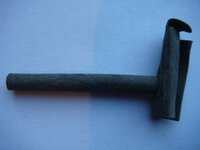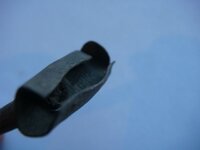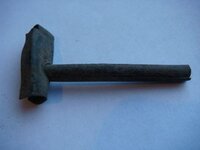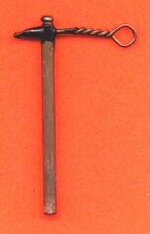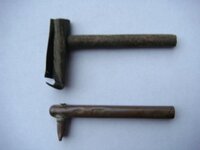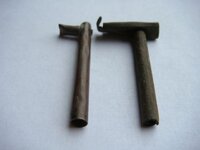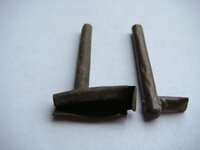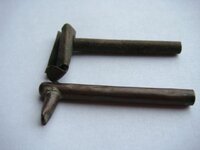Ifyndit
Sr. Member
- Dec 15, 2007
- 255
- 43
- Detector(s) used
- Tesoro Corte's, Golden Sabre II, Minelab X-Terra50
Found about 8 of these last weekend. It looks like a friction primer but not a type I have found before. I know the area we were searching used a Mountain Howitzer during the 1850's-1880's. What do you all think? It is about 1 3/4" in length.


